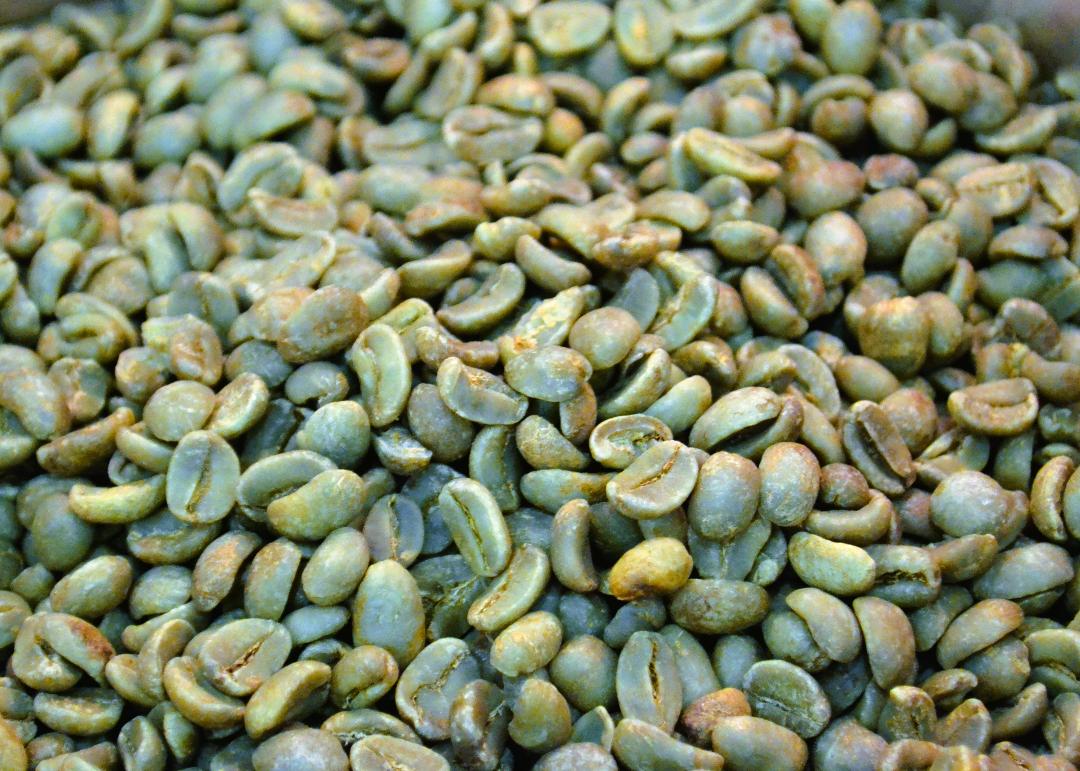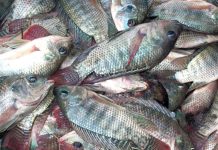Mention Davao City and what comes to your mind immediately? For one, it is the country’s largest city in terms of land area. With a total land area of 244,000 hectares, it is 7.8 times the size of Cebu and three times that of the entire Metro Manila.
Unknowingly, Davao City is the third-most populous city in the country – after Quezon City and Manila. It is the center of Metro Davao, the second most populous metropolitan area in the country. It also serves as the main trade, commerce, and industry hub of Mindanao, and the regional center of Davao Region.
Since 2004, the time when Edge Davao came into existence, so many things have happened to Davao City.
For one, the former mayor of the city – Rodrigo R. Duterte – became the 16th president of the Philippines, a post he held until 2022. The very first president to come from Mindanao, he is also the oldest person to become such as he was 71 years old when he assumed office.
His daughter, Sara Z. Duterte-Carpio is the current vice-president of the country. Like her father, she was also a former mayor of Davao City. She is the third female vice president, the third vice president to come from Mindanao, and the youngest vice president in Philippine history. Duterte is also the secretary of education, holding the post in a concurrent capacity.

 Chocolates and cacao
Chocolates and cacao
It was during the time of the Duterte administration that Davao City became known as the “Chocolate Capital of the Philippines.” Davao City, after all, has helped “in making the Philippines world-renowned and sought after by chocolate makers from the United States, Japan, and Europe.”
It is not surprising that the Malagos Chocolate Museum – the first of its kind in the country – was built in the city, particularly in the Calinan District. “We have opened our doors to the public in 2017 with a vision of taking guests to a complete tree-to-bar experience,” said its website. “From its origins all the way to the process of it becoming one sweet treat you’ll enjoy; the chocolate museum is a place wherein you can weave the stories together.”
Chocolate is a beloved of all people. “As long as there is chocolate, there will be happiness,” said Wayne Gerard Trotman. “Chemically speaking, chocolate really is the world’s perfect food,” Michael Levine admitted.
What most people don’t know is that chocolates come from cacao trees. They have been cultivated for at least three millennia in Central America and Mexico. Although Christopher Columbus came to know the beans, it was Hernando Cortes who brought it to Spain.
In the Philippines, cacao has been cultivated since the 17th century when Spanish mariner Pedro Bravo de Lagunas planted the crop in San Jose, Batangas. Since then, cacao growing flourished in different parts of the country.
But the best cacao is grown in Davao Region. Republic Act No. 115471 also emphasized the importance of cacao as a “driver of rural development” because of its contribution to the increase in export earnings and providing livelihood to farmers.
Senator Cynthia Villar, who is the chairperson of the Committee on Agriculture and Food, said 78.76 percent of the country’s annual cacao production comes from the Davao Region. So, it’s not surprising therefore to name the region as the Cacao Capital of the Philippines.

Coffee: Morning perkupper
Hot chocolate is a favorite drink in rural areas. But in the cities, the most common drink is coffee. Approximately 90% of Filipino adults consume coffee regularly. More than half (about 60%) of coffee drinkers prefer instant coffee due to its convenience and affordability.
What most Filipinos don’t know is that the Philippines is the 14th largest coffee producer in the world, contributing significantly to the global coffee industry, according to The Philippine Coffee Industry Roadmap 2017-2022.
Most of the coffee is grown and harvested from Mindanao, the Philippines Statistics Authority reports. The top coffee producing provinces in 2023 were Sultan Kudarat (21,442 metric tons), Bukidnon (9,042 MT), Davao del Sur (8.190 MT), Davao de Oro (4,346 MT), Maguindanao (4,269 MT), Sulu (3,563 MT), and Basilan (3,222 MT).
The Philippines coffee industry is dominated by four primary species: Arabica, Robusta, Excelsa, and Liberica. “We are one of the few countries in the world that grows four varieties of coffee on a commercial scale although our total production is only about one percent of the total global coffee production,” wrote Antonio R. Reyes in an article which appeared in Philippine Panorama.
Again, the best coffee is grown in Davao Region. In fact, seven out of the top 12 winners in the Arabica category during the Philippine Coffee Quality Competition held in Makati City came from Bansalan, Davao del Sur.
“This triumph is a testament to their dedication, commitment, and love for Philippine coffee and will surely blaze the trail for more coffee farmers in the province to follow,” said the provincial Department of Trade and Industry of the winners.
Getting the top prize as Best Arabica Coffee was Arnel Morales, a member of the Balutakay Coffee Farmers’ Association (BACOFA) Cooperatives whose farm is in Balutakay. The other winners who are also members of the BACOFA were Rogelio Gonzales (No. 4), Josephine Libres (No. 5), and Ronald Dicdican (No. 7).
The three other winners from Bansalan were Sergio Loon (No. 8), whose farm is in barangay Alegre; Dione Ellaga (No. 9), and Annalyn Bunal of the ATOZ Coffee farm. In addition, special awards for best processing were also awarded to Morales (Best Natural Processed) and Libres (Best Honey Processed).
Durian republic
If Davao can be compared to a fruit, then durian is the fruit. As a matter of fact, at one point in time, Davao was touted as the Durian Republic. Most people in the Davao region like durian. In fact, some foreigners who stayed longer in this part of the country love durian.
But there are those who despise durian. One scribe described the fruit as something that tastes like heaven but smells like hell.
“Durian has an excellent taste that its flavor surpasses all the other fruits in the world,” old traveler Linchott, writing in 1599, commented. Dr. Paladanus, a world-renowned historian added: “This fruit is of a hot and humid nature. It smells like rotten onion, but once tasted, everybody will like it.”
Durian fruit is a good source of carbohydrates, fats, vitamins, and some protein. The ripe pulp is usually eaten fresh by most people. The pulp can also be made into jam, preserved (often packed like long sausages), candies and other sweets, or used as ice cream flavoring. On the other hand, the unripe or half-ripe pulp may be used in making soup.
Unknown to many, the seeds of durian are roasted, cut into slices, and fried in spiced coconut oil to be eaten with rice or covered with sugar and consumed as a sweetmeat in Indonesia.
Last year, the Philippines joined the neighboring countries – Thailand and Vietnam – in signing the protocol on exports of fresh durian to China. “We expect more than 5.739 million kilograms of fresh durian to be exported to China per season,” the Global Times report quoted the Department of Agriculture.
Around 90% of the durian production in the country is from Mindanao. About 70% of that come from Davao City.
Although durian is also grown in other parts of Southeast Asia, Davao has a big advantage.
Because of this enormous demand of durian these days in China, the Davao City Agriculturist Office (CAgrO) is now conducting various Philippine Good Agricultural Practices (GAP) training for the city’s durian farmers. This is “to ensure that their products meet the export quality standard for them to acquire the necessary farm code.”
“After reaching a bilateral agreement with China to export fresh durian, the CAgrO, in partnership with the Durian Industry Association, continues to give technical assistance to Durian farmers to increase the number of farmers participating in the export market,” said a report released by the City Information Office.
“Based on the guidelines, the farms supplying the durian products (to China) need to have a farm code, as well as the plant for traceability purposes,” said Fe Oguio, the focal person for fruit production of the CAgrO.







